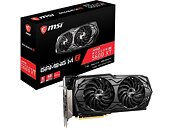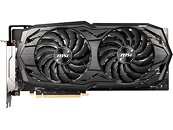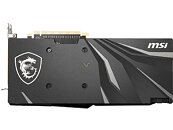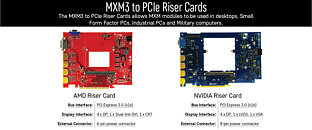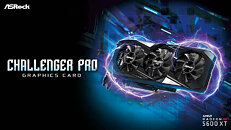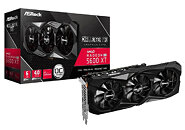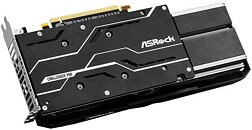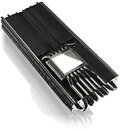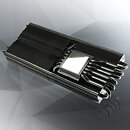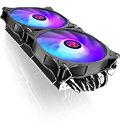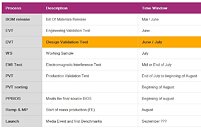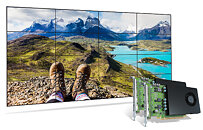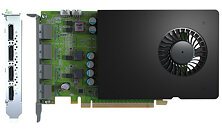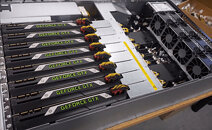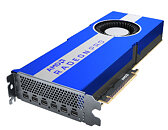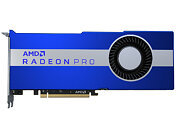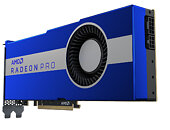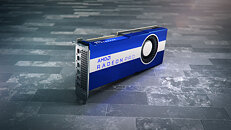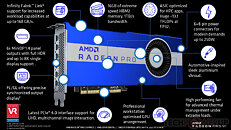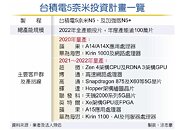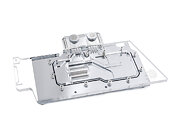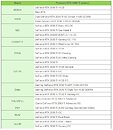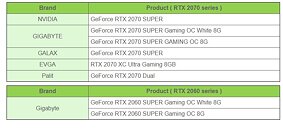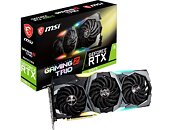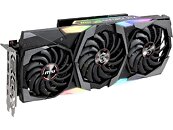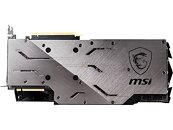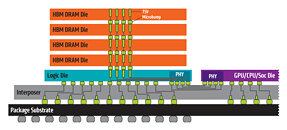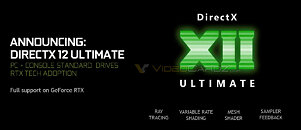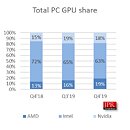
TSMC Doesn't See Intel as Long-Term Customer, Unlikely to Build Additional Capacity for It
TSMC has been the backbone of silicon designers for a long time. Whenever you question where you can use the latest technology and get some good supply capacity, TSMC got everyone covered. That case seems to be similar to Intel and its struggles. When Intel announced that its 7 nm semiconductor node is going to be delayed a full year, the company's customers and contractors surely became worried about the future releases of products and their delivery, like the case is with Aurora exascale supercomputer made for Argonne National Laboratory, which relies on Intel's 7 nm Ponte Vecchio graphics cards for most of the computation power.
To manage to deliver this, Intel is reportedly in talks with TSMC to prepare capacity for the GPUs and deliver them on time. However, according to industry sources of DigiTimes, TSMC is unlikely to build additional capacity for Intel, besides what it can deliver now. According to those sources, TSMC does not see Intel as a long-term customer and it is unknown what treatment will Intel get from TSMC. Surely, Intel will be able to make a deal with TSMC and secure enough of the present capacity for delivering next-generation processors.
To manage to deliver this, Intel is reportedly in talks with TSMC to prepare capacity for the GPUs and deliver them on time. However, according to industry sources of DigiTimes, TSMC is unlikely to build additional capacity for Intel, besides what it can deliver now. According to those sources, TSMC does not see Intel as a long-term customer and it is unknown what treatment will Intel get from TSMC. Surely, Intel will be able to make a deal with TSMC and secure enough of the present capacity for delivering next-generation processors.


